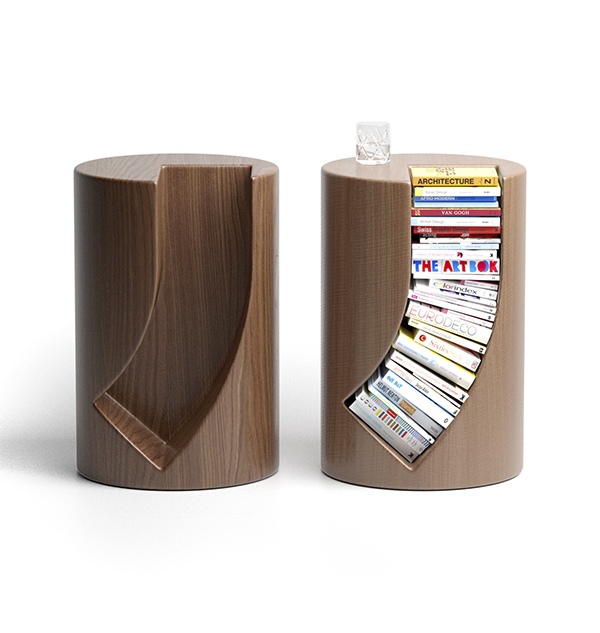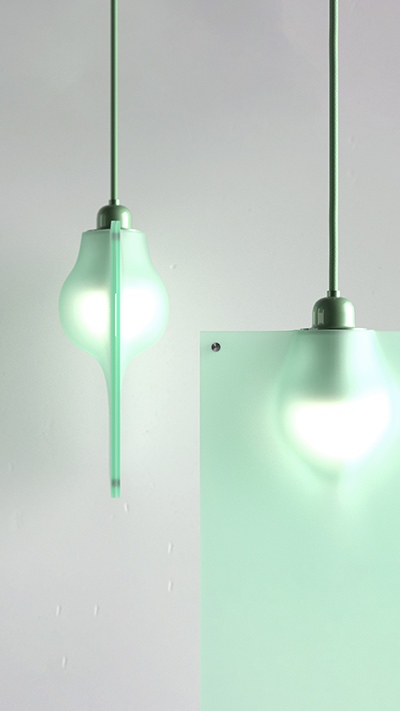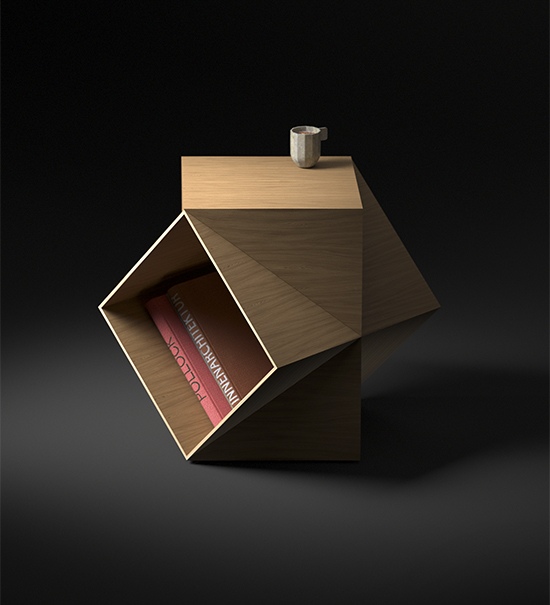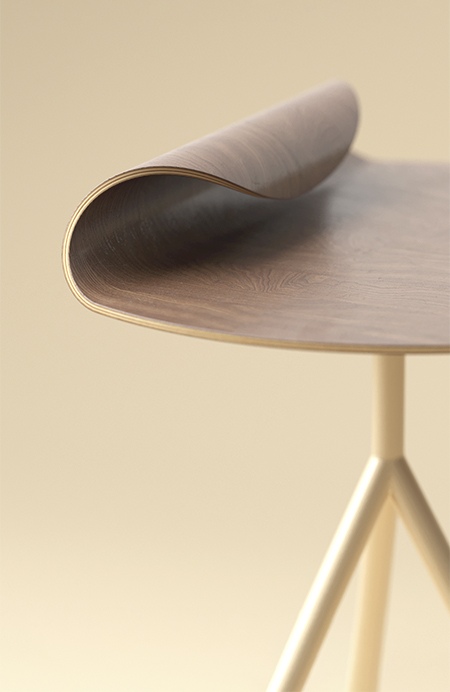
Unique Furniture Designs Combine Simplicity with Functionality by Deniz Aktay
A German furniture designer, Deniz Aktay, has emerged as a progressive, modern furniture designer by utilizing 3D modeling. He makes use of simple lines and geometric shapes to create extraordinary furniture which connects people and the environment in a harmonious way. Now he is on his way to realizing some of his newest designs this year.
As a trained architect, Deniz is an expert in CGI designs and 3D modeling. Being a true believer in minimalism, he started designing multi-purpose furniture during his spare time while working at an architecture firm. His enthusiasm for design, however, grew over the years, a part-time hobby that became a full-time job.

Though his designs look simple, there is much brilliance in his approach. For example, his signature bookcase design, Bookgrove, is built for storing dozens of books while providing easy access and moving appeal. People feel relaxed and closer to the books by using it as a side table. This and other designs have won him several awards which paved the way for him to put his designs into production.
We are delighted to showcase some of Deniz’s designs and learn more from him about his design philosophy in the following interview.
Q: Your design possesses a great combination of lines, geometry, and functionality. Please share with us your background and training in design.
A: During my studies of architecture and urban planning at the University of Stuttgart and for my perennial work experience as an architect, the aspects of creating, forming, and designing have always been important in my creative work. Following this passion also in my free time, I could successfully participate on several furniture design contests. Further, I have always been fascinated by architectural exterior and interior visualizations and 3D modeling. At first, it felt so relieving to just create objects without worrying about how to realize them in the real world. This approach allowed me so much freedom in designing which is necessary to come up with new ideas. Of course, now that I want to see my objects realized, I need to develop a sense of the possibilities and limits of the technical and manual aspects but I still benefit from the playful and nearly unlimited freedom every time I start designing in 3D.

Q: What is your design philosophy?
A: I wanted, as I started with furniture design, to think out of the box. Nowadays, I have the feeling that most manufacturers don’t have the heart anymore to do extraordinary designs which is understandable because this is very risky as you don’t know if people will buy them. So for me you see lots of good designs, clean, simple, minimal, but only a few which are really extraordinary. So I don’t want to say that all designs are boring and mine are better, I just wanted to design something different and of course I can do that easily because I am free to do whatever I want without risk in the visualizations. The second thing is what I experienced a lot during my work as an architect: if a manufacturer says that a design is impossible to do, that does not always mean it is really impossible to do but means that it needs lots of work to get it done.
It has to be exciting. This could evolve from a nice and extraordinary detail, from a shape itself, from a big aspect of functionality but sometimes also from a surprising use of colors, confirming that they will be stable.

Q: Please share with us some of your latest designs and the concepts behind their themes.
A: The most successful design are my designs for book-storage furniture like the Bookscrew for example. Here I loved the idea of a twisted sideboard to gain different access to your favorite books and highlight them in a special way due to the twisting metal frame. This way you generate a book rack and a sideboard all at once. The Bookscrew is a clever bookshelf that aims to bring your collection to the forefront. The minimalist shelf features a dramatic swooping twist that turns from vertical to horizontal.
Another successful design is the Bookgroove. Here, a long, deep, and curved groove cut out from a solid wood cylinder is the main feature of this side table/bookrack hybrid. With its compact form, it doesn’t take that much space and is an allrounder at once. The groove is curved to highlight and emphasize the roundness of the cylindrical main part. This way it harmoniously fits in its overall shape and appears to be in constant movement.
Q: How do you utilize lines and geometric shapes in your design to carry an aesthetic appeal and functionality?
A: I try to keep it simple. I like the Bauhaus philosophy, of course, which was characterized by simple but elegant geometric shapes designed based on the intended function. So I try not only to integrate functionality in my designs but to make it part of my design.

Q: What are the challenges you have faced in designing?
A: What sometimes can be a kind of a challenge is not in designing but in my presence on social media and keeping my followers updated. I want to answer every comment, question, and message of course, but I am not able to always manage that properly. And I feel sorry for that.
Q: What is your inspiration source(s)?
A: I can find inspiration in many places but mostly I get inspired by other related arts like music, painting, sculpting, and fine arts. But mostly I get inspired by other artists in the same field. Searching for good design pieces via Instagram or Pinterest is the main source of inspiration. Just by looking at other designs, you get both conscious and unconscious influences by other designs and arts.

Q: Do you have any current projects that you wish to share with our readers?
A: There are some products I will realize soon this year. This is very exciting and I hope to share these works soon on my social media accounts.
Q: Is there anything else you would like to tell our readers?
A: Thank you for your interest in this article and thanks for reading. If you have any questions don’t hesitate to contact me.
